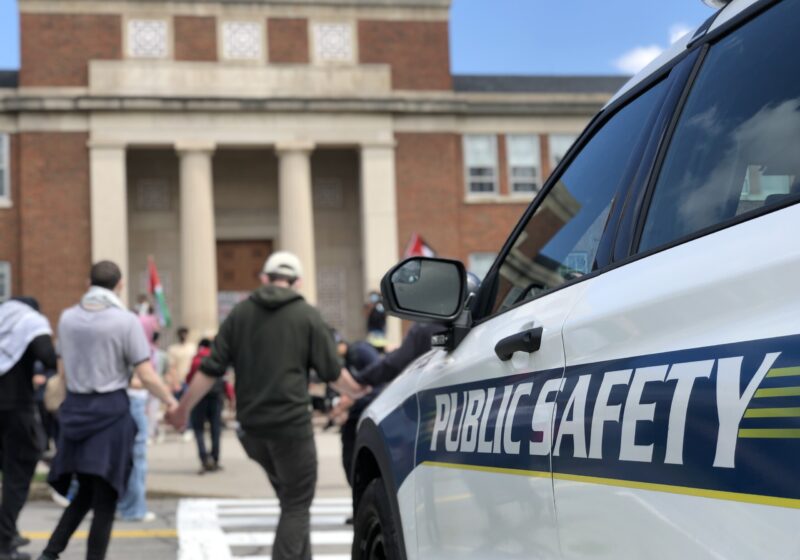It’s day (insert number here) of orientation, and I’m inspecting the other first-years as we sit in a group meeting with our pre-major advisor, who was apparently assigned to us semi-randomly. The kid at the other side of the table has a notebook, his freshman handbook, and a bright red collared shirt that says, “I’ve already started reading for my biology class”.
This guy is definitely on one side of the class-planning spectrum. For many of us entering college, we sit somewhere in the middle — having a rough idea of what classes we want to take, but still confused about logistics and major requirements, along with other things. This state of slight confusion and questioning is what the advising resources on campus are for.
Coming to campus, students are assigned to a pre-major advisor, and also have full access to a variety of related resources at the College Center for Advising Services. Now that we are a few weeks into classes, I have already used both these resources, but they didn’t necessarily give me the answers that I was looking for. A 15-minute session with the advisor (the day before class registration opened) was supposed to compact an introduction, discussion on interests, and also a narrowing-down of possible classes that I could take. Right when classes started, a meeting at the advising center was delayed — of course due to demand. Not to say that these resources aren’t helpful, but before looking to them for help to pick classes, I had to become my own advisor, and then seek out the right advice.
We all know ourselves relatively well, and coming to campus, meeting people who throw all this advice and information about what we “should and shouldn’t take” didn’t do much for me except add to my confusion. Most of the time, I was hearing pieces of information that would contradict each other, and all of a sudden I found that I had lost my way through endless blurbs of advice. In a matter of days, I had to sit and remember what it was that I really enjoyed studying, then I worked my way from there. Once I did this, I was able to form the right questions that allowed me to dodge the unhelpful advice and get the advice that really applied to my situation.
Then, finally, clarity smacked me in the face, and I made up my mind about classes. This clarity was not reached through meetings with peer advisors, or by going through the pamphlets and flyers that were placed in my hands at the academic fair, but by picking a wrong class. It was a class I already felt was not for me after just a few lectures—so I dropped it and picked something else. And after some consultation with and trusted guidance from myself, I am now at a point where I can say I am truly satisfied with my course decisions.
As my own advisor, I had to actively trust myself to realize that what I wanted was what I needed. My advisor was more than supportive in my decision to drop the class, but the decision couldn’t have been made solely on anything a peer advisor or counselor would have told me. Rochester’s advising process is what you make it, and a little intuition and self-trust will take you much farther than a “Dos and Don’ts of course picking” list.


